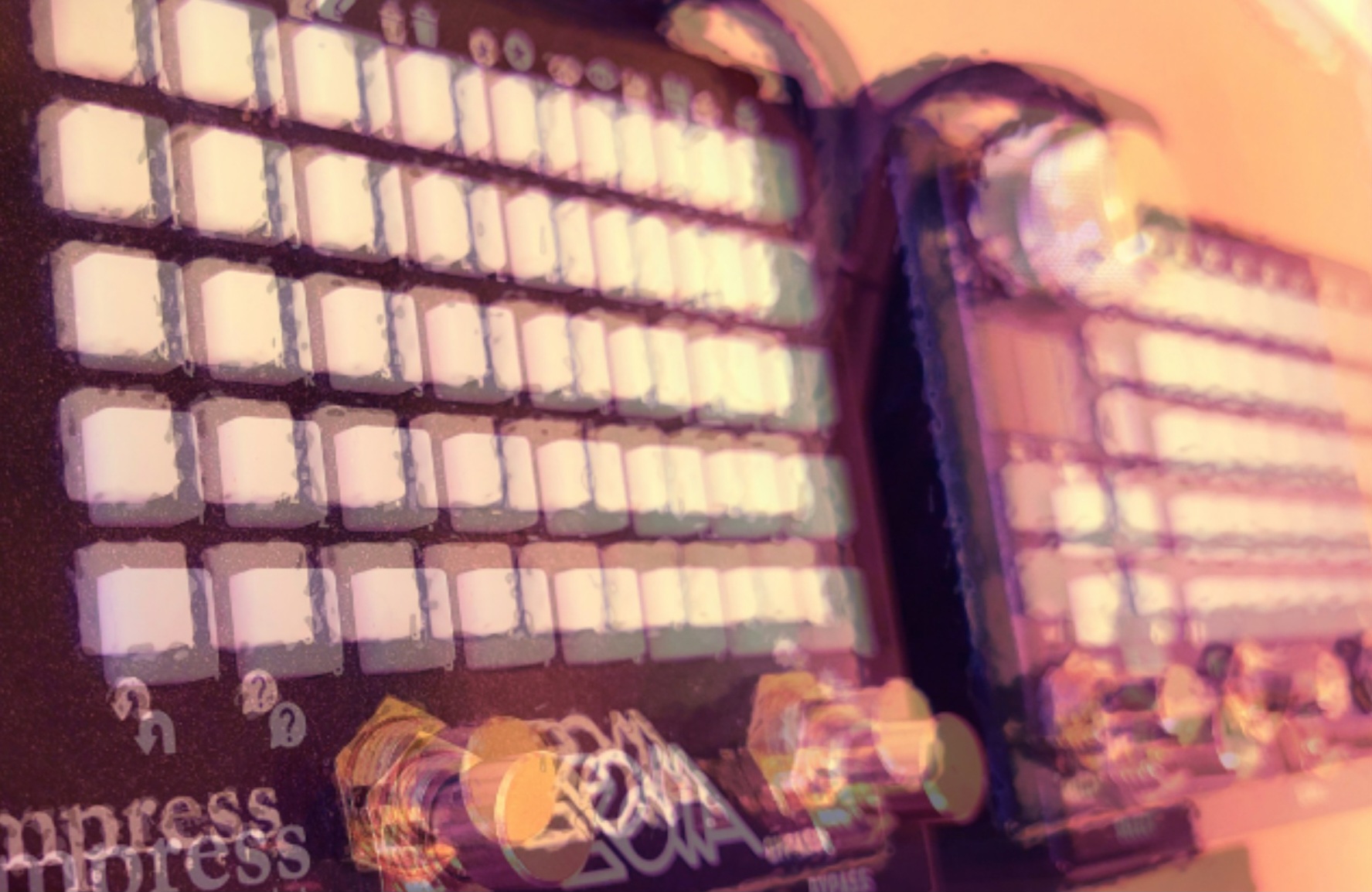Ever want your Zoia footswitches to preform multiple functions? Well here is a collection of single page switches ready to be imported to your other patches.
Each page has white modules on top to represent the physical footswitch(es). A green pixel at the top right shows the state change for function 1 and a blue pixel just below for function 2(if applicable). Operate the left footswitch to test each page.
—Multi Switches—
Page 0: “TL1-HM1”
A tap will latch function 1, and holding will momentarily function 1 until release.
Page 1: “TL1-HM1 pulse”
Means the same as Page 0, but function 1 will pulse and then disengage, even if the footswitch is held.
Page 2: “TL1-HM2 pulse”
A tap will latch function 1, and holding will momentarily pulse function 2.
Page 3: “TL1-HL2”
A tap will latch function 1, and holding will latch function 2.
Page 4: “TL1-HL2-DTL3”
A tap will latch function 1, holding will latch function 2, and a double tap will latch function 3.(During the double tap, function 1 will cycle on and off briefly. This switch needs some work, but operates well.)
Page 5: “TM1-HL2”
A tap momentarily triggers function 1, and holding latches function 2. (This page uses a green LFO for the function 1 indicator instead of a pixel because it is the perfect tap-tempo/delay-engage in one button switch.)
Page 6: “DTL1”
A double tap latches function 1.
Page 7: “Alternator”
Uses the left and right footswitches for funtions 1 and 2 respectively. If both are off, pressing one will latch it. Press it again to unlatch it. If one is on, pressing the other will alternate the latch, and visa versa.
Page 8: “Cycle thru 3”
A tap will cycle through 3 functions with the same footswitch.
Page 9: “H12L1-H23L2”
Holding the left and middle footswitches latches function 1. Holding the middle and right footswitches latches function 2.
Think about how you want your footswitch to work and see if I have made an appropriate switch. Then, see what module is attached to the the indicator pixels to learn where the switching signal needs to come from.
Remember that you can assign these switches to any footswitch, I just used left as 1 to make it tidy. Each switch uses very little DSP on its own so adding several to the same patch won’t take up too many resources.
I hope to add more in the future, these are just the ones I found myself needing up until now. If you can think of another type of function, please pass them along to me.
Most of these were made before the logic modules existed, so you may find simpler methods to achieve the same results.
Hope these help you get your patches to the next level. Enjoy!


